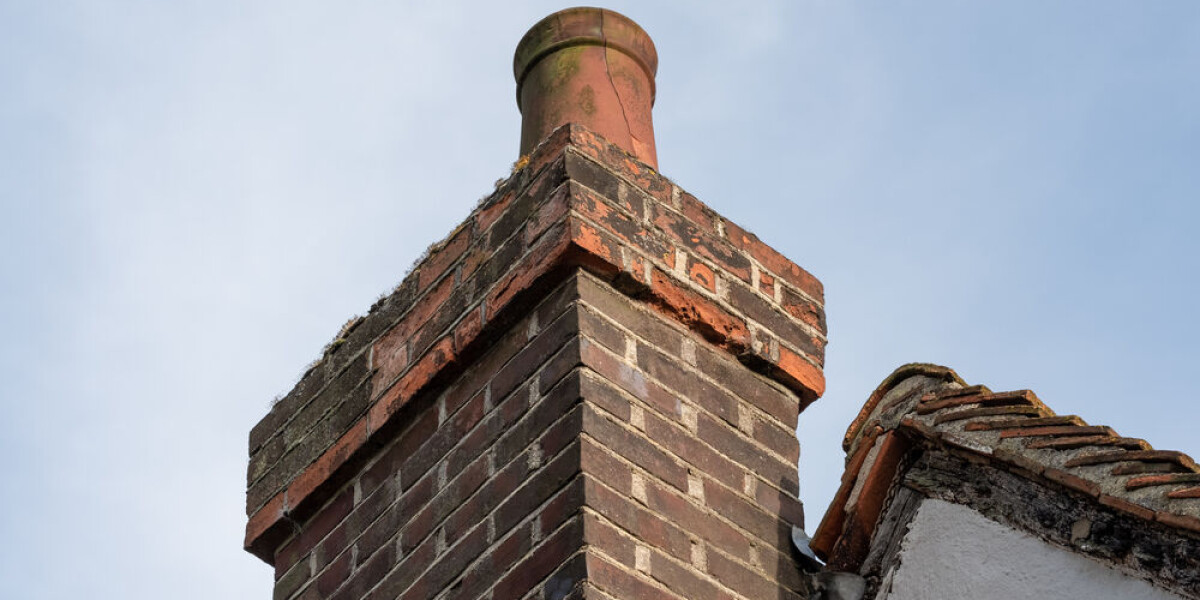
Do we need planning permission to install chimney in french home?
- Select a language for the TTS:
- UK English Female
- UK English Male
- US English Female
- US English Male
- Australian Female
- Australian Male
- Language selected: (auto detect) - EN
Play all audios:

THE LAYOUT OF YOUR HOME DETERMINES WHETHER AND WHAT PERMISSION IS NEEDED READER QUESTION: I WANT TO INSTALL A CHIMNEY IN MY HOME SO READ YOUR RECENT ARTICLE ABOUT RULES FOR OPEN CHIMNEY
FIRES WITH INTEREST. WHAT PLANNING PERMISSION WILL I NEED? The addition of a chimney can be quite an intensive project, especially if there is not any infrastructure for this in your home to
begin with. However, in most cases a _permis de construire_ is not required. If your home does not already have a flue or an obvious location to add one, you should consider contacting an
architect or building professional to see if they think installing one is viable. In some houses not originally designed to hold a chimney, it may be difficult or even impossible to install
one. If you need to add a flue to your property, this counts as modification to the external building structure, and will require a _déclaration préalable de travaux_ (a prier works
declaration, or DP). As a reminder, this is usually used for smaller or less disruptive constructions, and involves sending a document declaring the work you want to do to the mairie. The
local authorities have a certain amount of time to refuse the works (giving you their reasoning), however after this deadline you can begin the work even without receiving a reply, as the
request is assumed granted through the mairie’s non-opposition to the project. However for purposes such as proving the works are taking place to seek a bank loan, you can request official
approval of the DP from your mairie. Read more about the process HERE. IF YOUR HOME DOES NOT ALREADY HAVE A FLUE Note that even if constructing this is achievable, the addition of a flue may
fall foul of local planning code rules, such as maximum building heights, or if buildings are required to maintain a certain cultural look. You should ask your mairie if any such rules
apply, or find your local planning code (_plan local d’urbanisme__ or PLU_) rules online – they can often be found on your mairie’s website, under a section called ‘urbanisme’. However,
these are sometimes older versions of the PLU, and you may still need to directly contact your mairie for any newer version. READ MORE: IS IT CORRECT THAT FRANCE WANTS TO CRACKDOWN ON OPEN
FIRES IN HOMES? IF YOUR HOME ALREADY HAS A FLUE If there is already a flue in your property, perhaps from a former chimney that was disabled, you should instead contact a professional
chimney sweeper (_ramoneur_) to determine if it is still suitable for use. If it is, and you are only installing internal parts of the chimney (such as the insert at the bottom of the flue
and inside your property) no building permit is required, as the work is classed as being wholly internal. If the sweep believes the installation is not up to standard, they will tell you
what external works need to be done. This work will also likely require a DP. READ MORE: CHIMNEY SWEEPER NOT AT FAULT FOR LATER FIRE IN FRENCH HOME WHAT IF I LIVE IN A TERRACED HOUSE? If you
live in a semi-detached or terraced property, it is still possible to add a chimney to the property, although stricter rules are in place when constructing the flue. The permission of your
neighbours is not strictly required, although it may be best to speak with them about it to explain the works. The additional rules are from a 1969 DECREE ON CHIMNEYS, and include: * The
flue must overhang the ridge (_faîtage_, or the highest point of the roof) by at least 40 cm * obstructions and neighbouring constructions: the external orifice must be at least 40 cm above
any part of a construction less than eight metres away * The axis of the flue must be at least six metres from a window or opening in a neighbouring building * The axis of the flue must be
at least three metres from a property line (limite de propriété) Co-ownership properties may have additional rules in place which you should consult. RELATED ARTICLES TIPS TO HELP AVOID
CHIMNEY FIRES AS NUMBERS INCREASE IN FRANCE HOW OFTEN DO I NEED TO SWEEP MY CHIMNEY IN FRENCH HOME?
